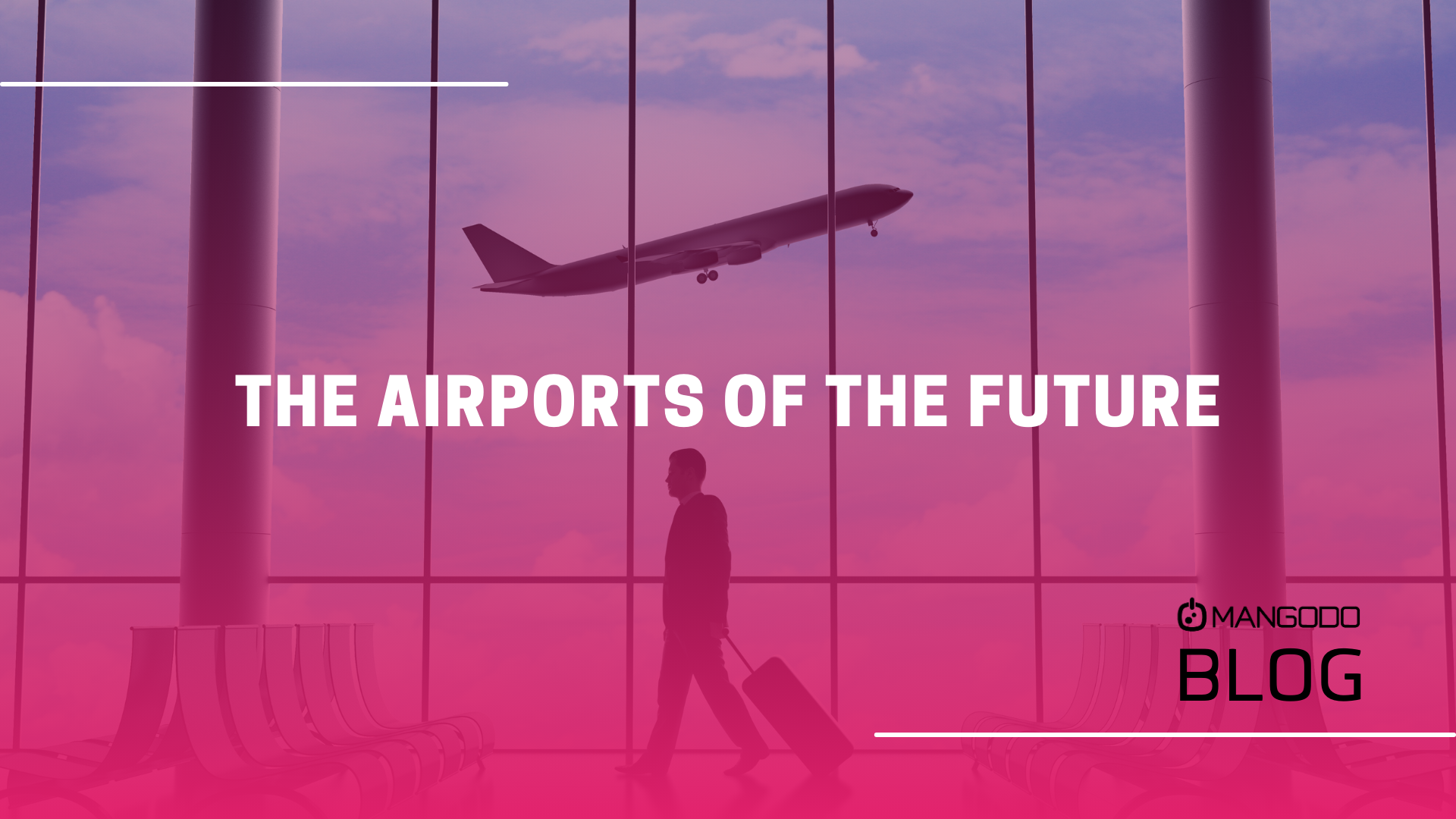The Airports of The Future
Technological innovations and a focus on customer experience will be what sets us apart in the future.
The number of passengers being transported by airlines around the world has more than doubled in the last six years with recent estimations indicating that demand for air transport will increase by around 4.3% on average per annum for the next 20 years.
It’s expected that in a little more than a decade, 200 000 flights will be taking off and landing each day, around the world, meeting the need for rapid transportation and facilitating the need for increased volumes of air cargo and tourism. Management consultants Oliver Wyman forecast that the global commercial aviation fleet will expand by 33% to more than 36,000 aircraft in the next decade.
However, this rapid growth will not be without challenges for airport infrastructure and human resources. Competition between airlines and hubs will increase. To accommodate the growing demand for airline travel from passengers, and to address an overwhelmed supply chain and predicted labour shortages, airports will be required to rapidly evolve in the years to come. The biggest changes will be in terms of technological innovation and the passenger experience.
There is no question that technology will play an airport role in the airport of the future with airport operating models impacted by advances in biometrics, artificial intelligence, machine learning, 3D printing, and automation. In addition to enhancing efficiencies, these technological innovations will also enhance the passenger experience.
Nearly half of the air travel passengers are in favour of replacing physical paper passports with digital identities and 73% (up from 46% in 2019) are prepared to share their biometric data in order to benefit from more efficient and seamless airport processes. That, however, means airports need to have the necessary technologies in place to recognise digital identities which will require investments in biometrics and digital identity management solutions. The benefit for passengers is a safer, seamless, and contactless end-to-end passenger experience.
More than half of US travellers find airline travel stressful, according to new research. Expedia’s 2024 Air Travel Hacks Report revealed that 55% of Americans find airline travel more daunting than filing taxes or visiting the dentist. The airports of the future understand the need to provide a positive airport experience for passengers: prioritising convenience and removing as much stress and anxiety as possible.
As the world embraces digitisation, so too will the airport environment need to digitise across both passenger and cargo operations. Even the internal layout of airports will need to take cognisance of the deployment of technology and processing of on-the-move passengers to ensure they reach their gate in time.
According to VPS, improving the airport experience for passengers boils down to three things: easy navigation, cleanliness, and customer service. Encouragingly, there are relatively simple solutions to each of the challenges faced by passengers within the airport environment.
The last thing passengers want is to struggle to find where they are supposed to be with challenges navigating maze-like airport terminals adding significantly to their stress levels. Easily visible signable is imperative. Digital signage systems are even more useful, both to direct passengers and provide up-to date, real-time information updates. Mangodo’s Designage allows for easy management of and content creation for digital screens in the airport environment, providing passengers with real-time information updates. At Istanbul Airport, Mangodo’s digital signage system manages more than 400 screens located in different parts of the airport including security gates, lounges, and ad-spaces, amongst others. A public transportation screen shows departing public transportation, including details such as the destination, bus company, platform number, and departure date while a traffic density map shows traffic density as well as real-time, estimated time of arrivals to popular destinations from the airport.
Increased traveller numbers passing through airports will put additional pressure on airport facilities such as restrooms. Dirty bathrooms leave passengers with a negative overall impression of the airport. Here too technology is already starting to play a role. Mangodo’s restroom cleaning and technical monitoring systems allow passengers to report their opinions related to cleanliness and problem areas in multiple languages to both restroom cleaners and airport management and records how long it takes to solve the related problem.
VPS says airports need to understand good customer service traits and components, rethinking airports as consumer hubs. In addition to focusing on ambiance and atmosphere, airports also need to offer a good mix of restaurant facilities, retail outlets, and even children’s entertainment areas. Airports are increasingly looking at how new technologies can deliver more customised and on-demand services to passengers to ensure a more efficient airport experience. Services such as virtual queuing and duty-free online shopping to be delivered at the passenger’s destination, are all aimed at enhancing the passenger experience.
It’s expected that e-commerce platforms to deliver food and beverages in time for the passenger’s flight will also become more mainstream. Mangodo’s digital restaurant management system, YumMyMenus, is a good example of this: a contactless ordering and payment platform, it offers a multi-language selection, allowing passengers to order online with a customised and interactive digital menu and the ability to make a mobile payment.
By 2050, many processes within the environment will be fully autonomous, according to Oliver Wyman. Singapore’s Changi Airport Terminal 4 is already autonomous as far as check-in, baggage drop, immigration, and boarding are concerned as a result of facial recognition technology. Dutch airport operator Royal Schiphol Group plans to implement fully autonomous airports by 2050. Many of the technologies to achieve this are already in place. Mangodo, for example, has developed a customised scaler solution for airports which allows software to receive the baggage weight information, connect to the passenger’s details, and informs the traveller both in writing and verbally if the weight is acceptable or exceeds permissible limits for the airline in question.
There is no question that those airports which prioritise the passenger experience will have the competitive edge.
